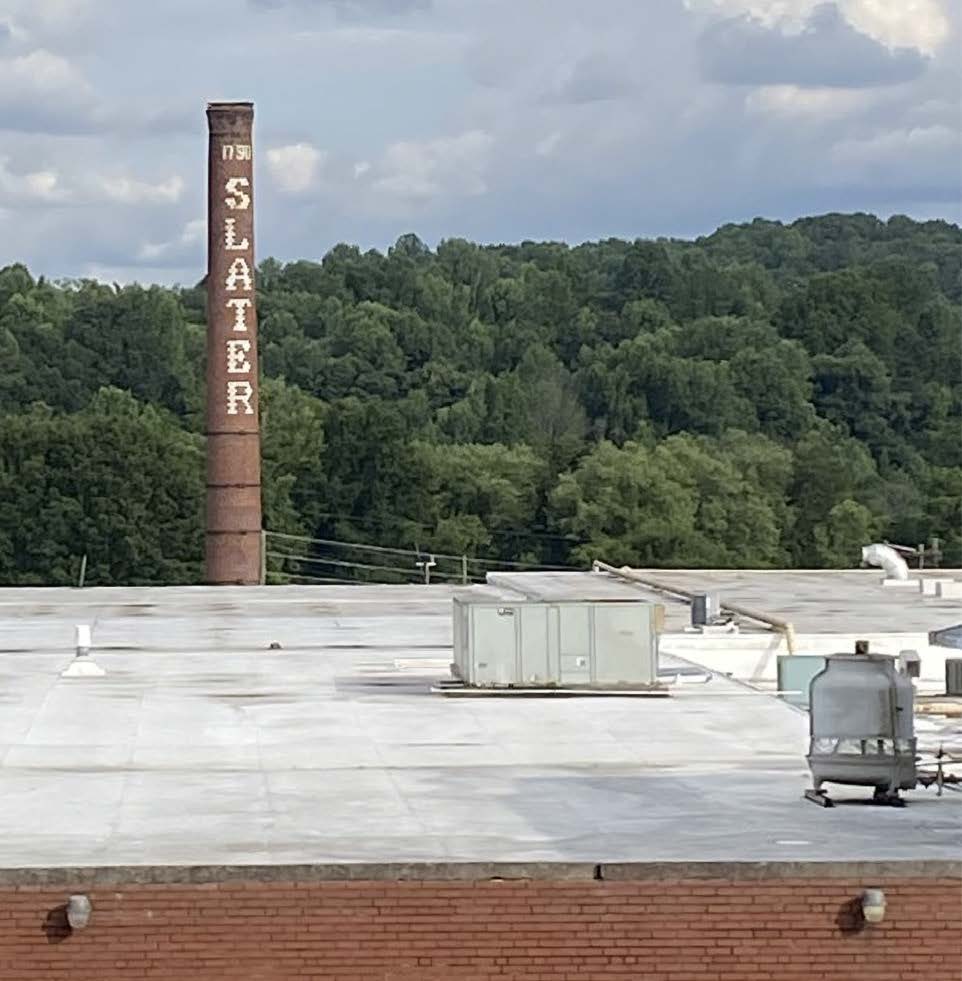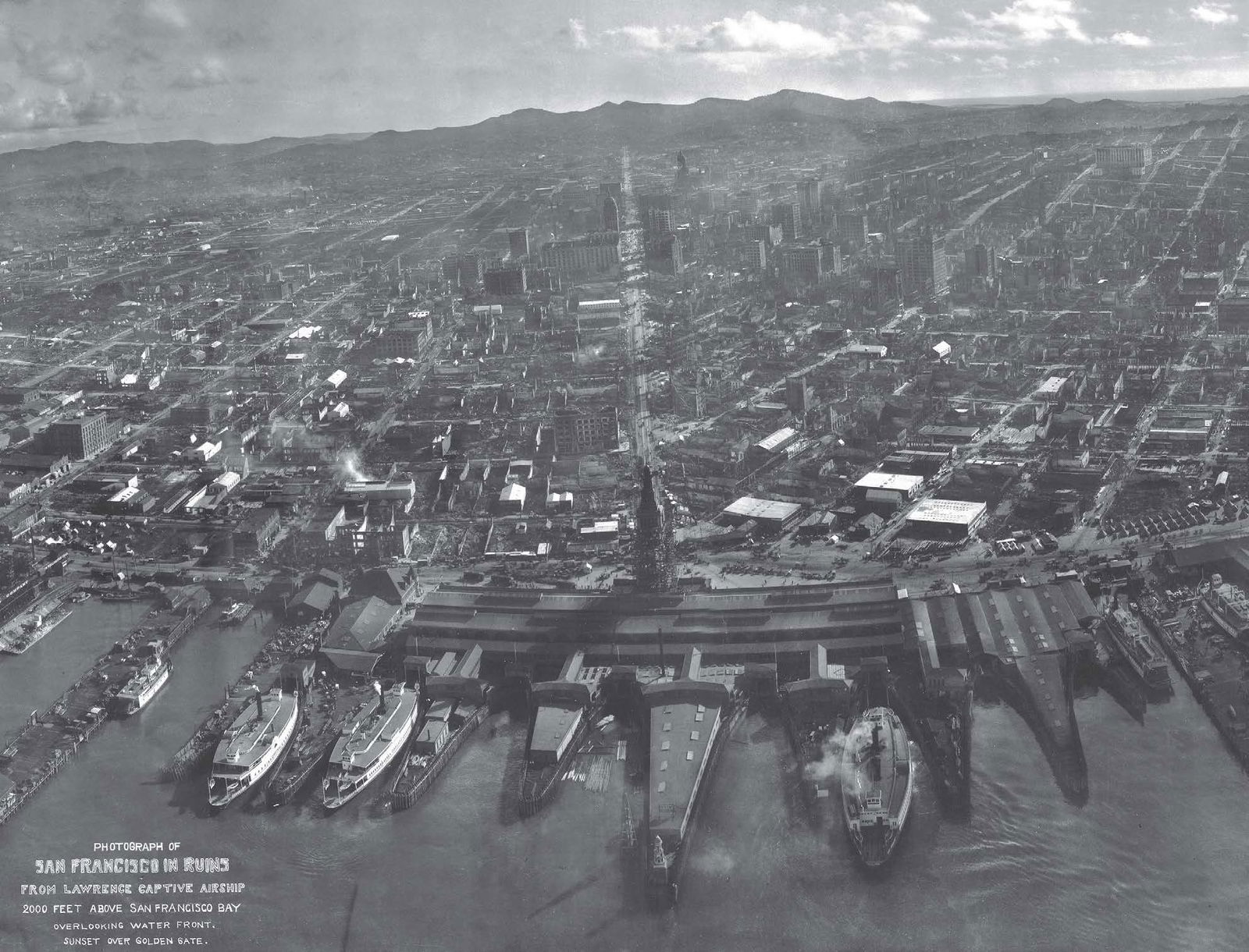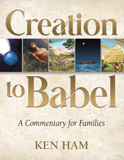
This and That
Made to Match
You read about the special symbiotic relationship of the Joshua tree and the yucca moth on page 24. Check out these other creatures that are better together.
The Clownfish & AnemoneClownfish live protected within the tentacles of sea anemones since they are immune to the anemone’s venom. In return, the fish keep the anemones clean and parasite-free. Clownfish also provide aeration and thus oxygen-rich water for the anemones.
The Ant & AphidUsing their antennae, ants “milk” aphids for a sugary liquid they produce called honeydew. What do the aphids get out of the deal? Protection from predators and parasites.
The Bat & Pitcher PlantIn Borneo, woolly bats sometimes roost inside tropical pitcher plants. The bat benefits from a place to rest, and the plant gets to make a meal of the bat’s guano (feces), providing the plant with vital nutrients.
The Bacteria & YouYou provide a home and nutrients for the bacteria living on your skin. The helpful bacteria provide you with protection against harmful bacteria.
Snapshots of a Disaster
The 1906 San Francisco earthquake was the world’s first natural disaster to be widely photographed. Armed with Kodak Brownie cameras—first introduced in 1900—citizen photojournalists took to the streets and snapped pictures of earthquake damage, fires, and citizens fleeing for safety. Thanks to these amateur photographers, we have tens of thousands of photographs of this historic event, including some of the most striking images on record.
Not only have these photos helped to preserve history, but researchers used one picture of a toppled train to analyze the earthquake. Using the grainy photograph and the eyewitness account of a conductor, researchers gained a better understanding of the train incident and the earthquake itself. By analyzing the train’s location and position, they deduced how big the earthquake wave had to be, as well as the estimated location of the earthquake’s hypocenter.
Aluminum Armor
To survive the crushing pressure 30,000 feet below sea level, a shrimp-like amphipod (Hirondellea gigas) eats metal-rich mud. When these metals react with chemicals in its gut, the amphipod manufactures aluminum ions. As these ions seep back into the alkaline seawater, they transform into an aluminum hydroxide gel that covers the amphipod’s exoskeleton. This aluminum armor provides the creature with superior protection from the extreme pressure and freezing temperature of its harsh environment.
The Mill That Went to the Moon
Editor in chief Sarah Eshleman shares a personal connection relating to “Should Christians Support Space Exploration?” on page 12.

I don't have to look far for a hometown example of historic space exploration. Just a few miles from where I grew up in Greenville, South Carolina, sits the mill village of Slater-Marietta. Past strawberry fields and a muddy rodeo ring, jutting up against the hills, you’ll spot a smokestack and an old factory.
Slater-Marietta is now a dwindling community of square one-story houses with concrete porches. But during the space race of the 1960s, the textile mill was the center of a classified NASA project that would see the US astronauts safely to the moon.
Astronaut suits had formerly been made of highly flammable nylon, as the Apollo 1 crew tragically discovered. When working with rocket fuel and scorching reentries, flame-resistant fabric is vital. So NASA contracted the Slater-Marietta mill to develop a fiberglass fabric called beta cloth that could withstand high temperatures.
The mill produced the fireproof layer in the Apollo spacesuits worn by Buzz Aldrin and Neil Armstrong when they pressed their footprints into the moon dust.
Today, a sign at the entrance of the Slater-Marietta community remembers the factory as “The Mill that Went to the Moon.”
Answers Magazine
October–December 2022
Recommended Resources

Answers in Genesis is an apologetics ministry, dedicated to helping Christians defend their faith and proclaim the good news of Jesus Christ.
- Customer Service 800.778.3390
- © 2024 Answers in Genesis









